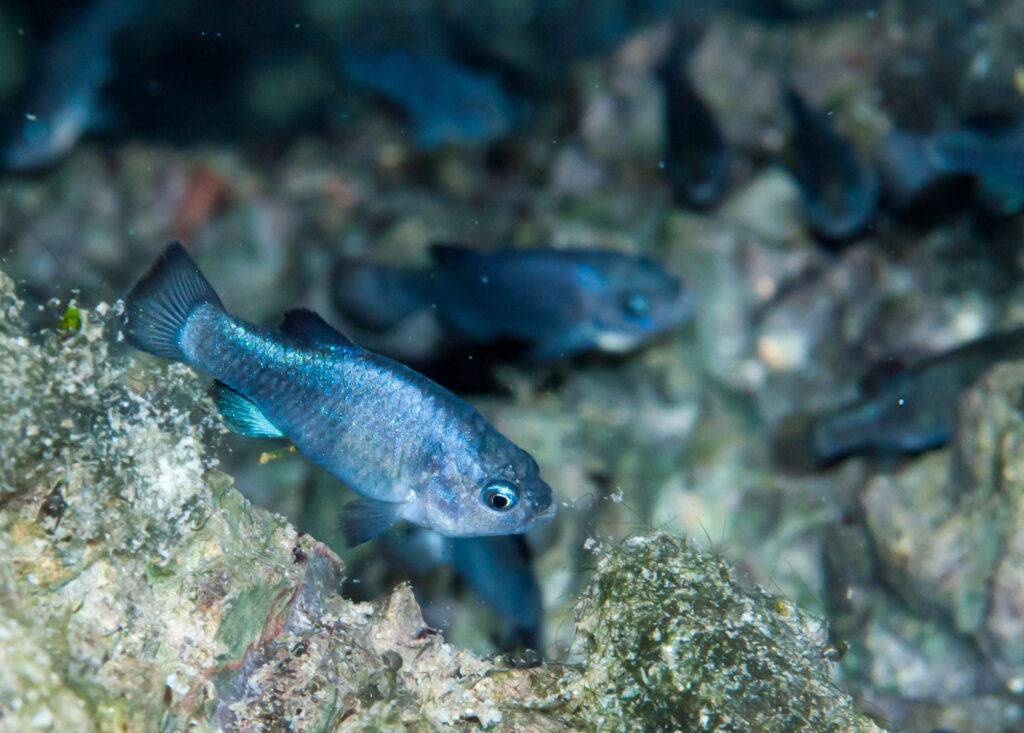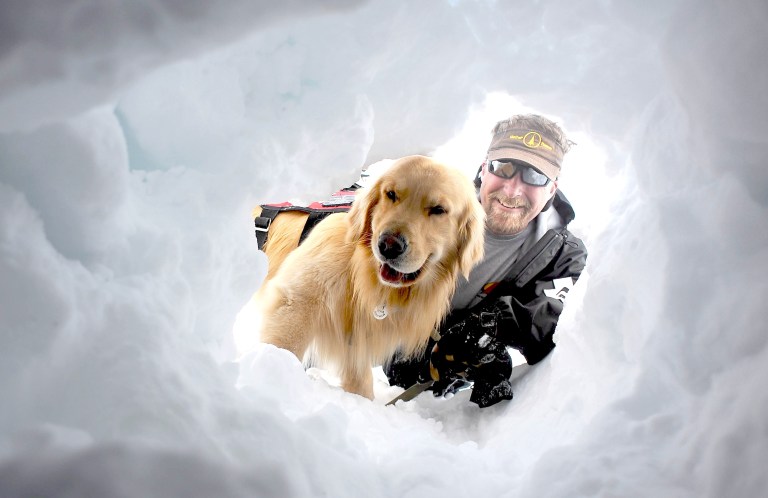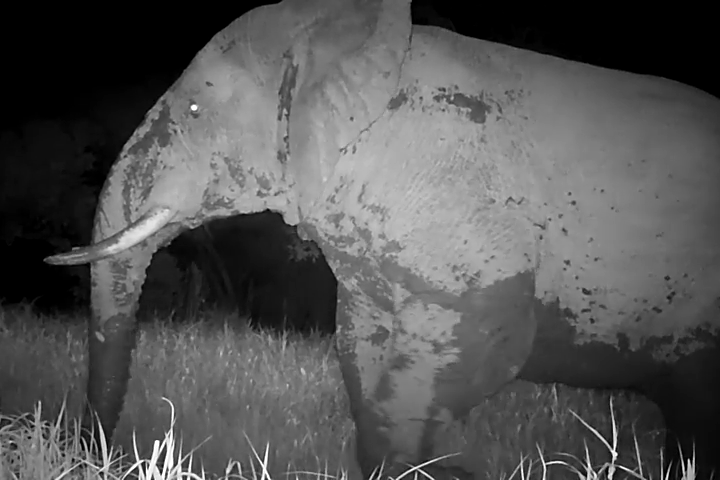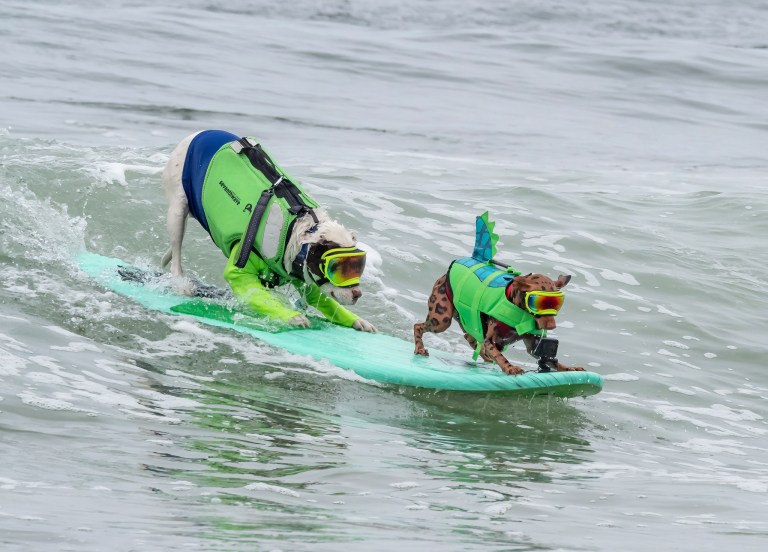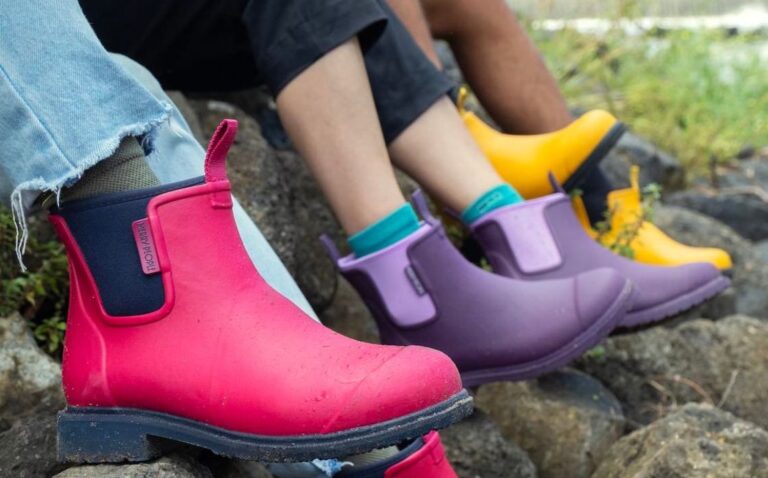In a geothermal cave in Nevada, the endangered Devils Hole pupfish is embodying a certain cartoon relative’s mantra: “Just keep swimming.” The fish species has not only endured in the ostensibly forbidding environment it became trapped in thousands of years ago, but has also recently been increasing in number.
Small, silvery-blue, and iridescent, the species counted 35 back in 2013. This past spring, 175 were observed swimming in Devils Hole, a disjunct section of Death Valley National Park where the water is 93 degrees Fahrenheit.
“The question that I receive and my colleagues receive is, ‘Why?’ And you know, we’re trying to answer that,” Kevin Wilson, an aquatic ecologist at the National Park Service, told NPR.
The revival may be due in part to some natural disasters that occurred in recent years, including a 2021 flash flood that likely introduced new nutrients to the habitat. Directly following the weather event, though, ecologists weren’t exactly optimistic as to how it might have affected the species.
Jenny Gumm, a fish biologist with the U.S. Fish and Wildlife Service, recalls fearing that the added volume of water could change its chemistry and make it harder for the pupfish to survive — if the churning and debris hadn’t already killed them.
“Walking into it, we just weren’t sure what was going to be there,” Gumm said of returning to Devils Hole after the flood. “And the water looked like chocolate milk. You couldn’t see any fish.” But sure enough, as the water cleared, the little creatures could be spotted flitting around, apparently as unbothered as ever.

Their staying power is especially impressive to Christopher Martin, an integrative biology professor at UC Berkeley who published a genetic study of the species back in 2016. In his work chronicling the pupfish’s “diabolical survival in Death Valley,” he referenced previous research claiming there was an 80% chance of them going extinct within the next 50 years.
“It’s exciting to see that this fish is doing well and not going to go extinct in a few years,” Martin told the Los Angeles Times in 2022.
“We want to know as much as we possibly can about them,” he added. “So, as their numbers improve in the wild and in the facility, we can begin to think about raising a colony in the laboratory.”
And that’s exactly what biologists are doing at Nevada’s Ash Meadows Fish Conservation Facility, which is equipped with a 100,000-gallon tank designed to replicate the Devils Hole pupfish’s natural environment. It was completed in 2013, after the dramatic drop in the species’ population. By the following year, it housed around 34 fish, per the Times.
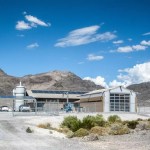
Today, as their numbers continue to rise in nature, plans are in place to “breed large numbers of Devils Hole pupfish” in captivity, Gumm told the outlet.
Human intervention has also played a part in boosting the species’ wild population, with scientists feeding them supplemental food and adding extra plant material to the cave.
While there still isn’t one straightforward answer to explain their perseverance, one thing is clear: Devils Hole pupfish are no pushovers. “It’s certainly, in many ways, an inspiring story of survival,” conservation biologist Steve Beissinger shared with NPR. “You’ve got to admire that, something that can cling on and adapt to such a difficult environment — with nowhere to go.”
